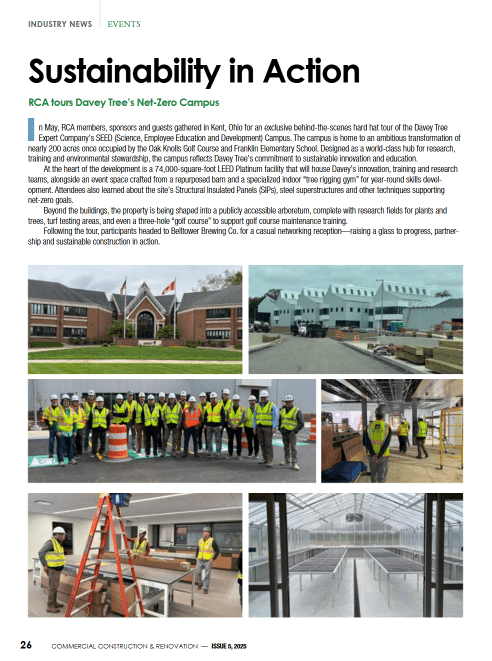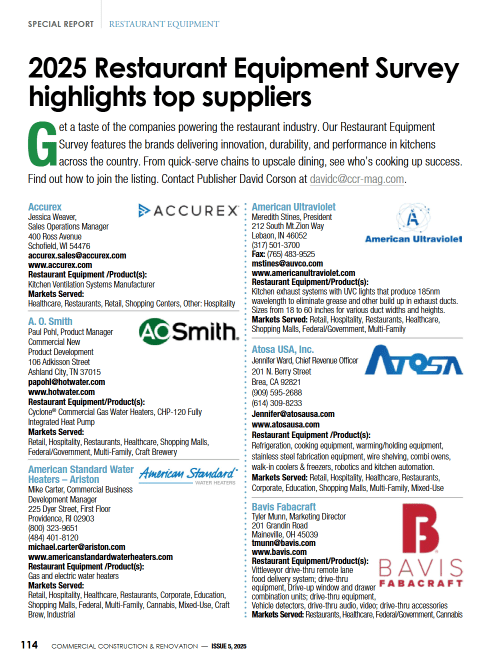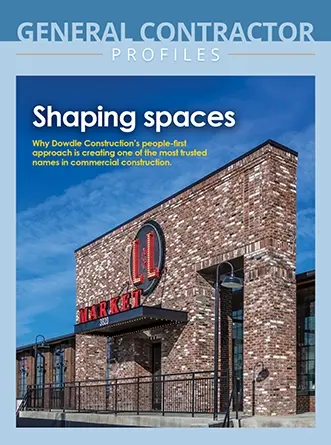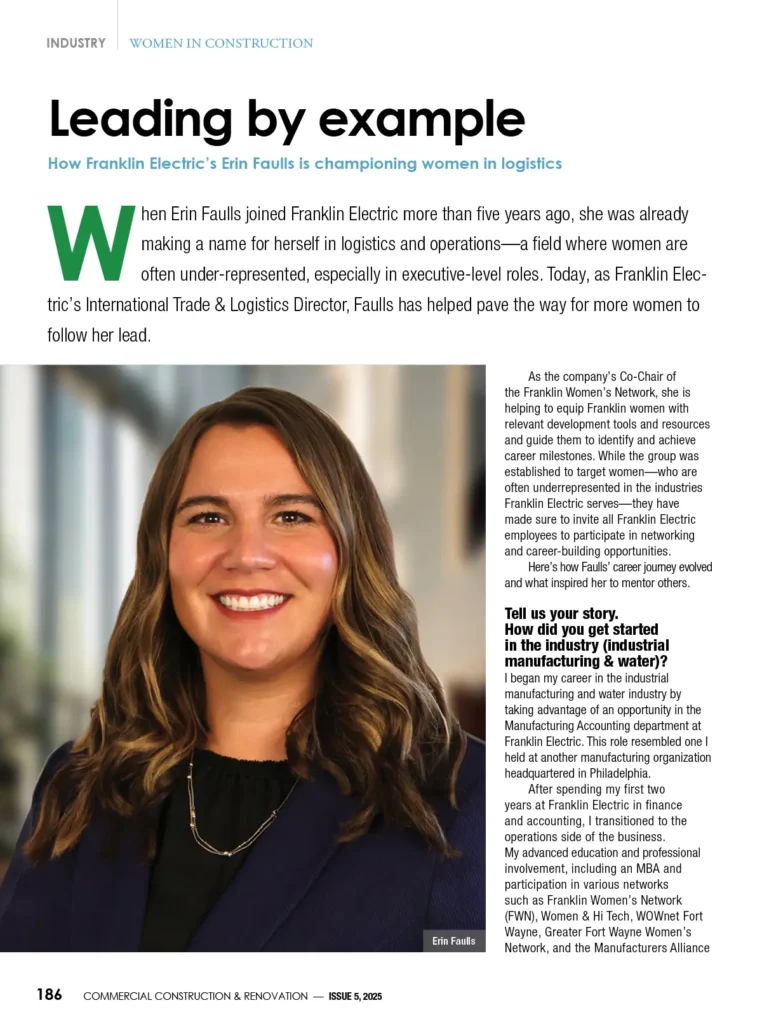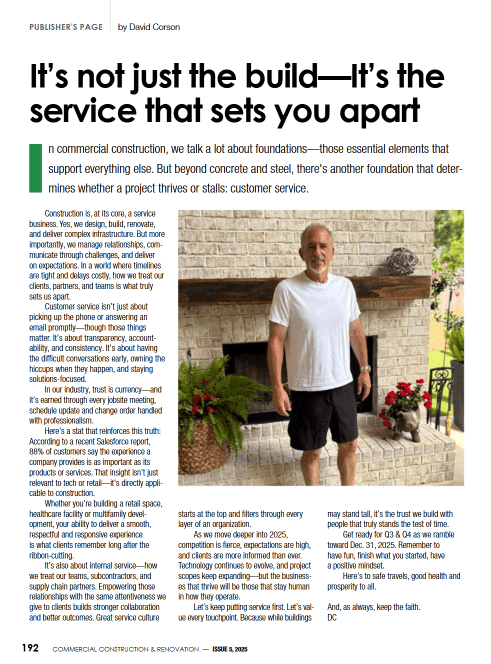Water damage can be incredibly serious and detrimental to your home—it discolors walls and ceilings, weakens the affected areas, can result in mold growth, and so much more. However, this can all be prevented if you know what to do and act quickly to do it.
We’ll carefully walk through the entire process, from finding leaks to performing repairs to help you prevent major water damage from occurring in the first place. Despite your best efforts, major damage can occur if there’s a bigger, more hidden underlying issue in your home. When this happens, contact a water damage restoration company to handle the cleanup for you.
Find the Leak
The first step to handling water damage is knowing when and where it occurs. Some telltale signs of leaks include an increased water bill, a puddle of water, and the sound of dripping. To find a water leak, you’ll need to use these signs. Watch for discolored walls, bulging wallpaper, or even puddles; listen for dripping water when none is running, and smell for musty smells. If you notice any of the above, then it’s time to start working.
Puddles are the easiest to examine. Simply clean it up and see if one appears again. If so, then you likely have a leak nearby. Let the sounds of dripping lead you to where the problem may be. The louder they are, the closer the problem is.
For bulging wallpaper or discolored walls, start there and cut into the wall if you can. Musty smells tend to be one of the most obvious and tricky signs. It can tell you the room or even the general area but may not be able to pinpoint the exact location of the problem. If you know there is a leak but can’t tell where it is, contact a plumber immediately.
Make a Temporary Fix
Once you find the leak, you need to make a temporary fix to give you time to decide what your next steps need to be and to get all of the necessary materials or make calls. Start by turning off your water temporarily and cleaning up the mess made by the water. Once this is done, examine where the water was coming from to see where the fix needs to be made.
Water will sometimes leave a visible trail, but you may also need to turn the water back on to watch it leak. You can decide whether to use tape, an epoxy putty, or a clamp for your repair once you know where the water is coming from.
Before moving on, make sure to turn the water back on and ensure there is no additional leak. If there is, you’ll need to contact a plumber sooner rather than later. If not, then you can relax and plan for all of the necessary repairs.
Prepare for Repairs
Now that you’ve taken care of all that, it’s time to prepare to perform water damage repairs. This may mean contacting a plumber to turn your temporary repair into a more long-term one or doing the research and collecting the materials to perform the repair yourself.
Both are viable options, though some areas, such as hot water heaters, require a professional’s expertise due to the sensitive nature of the appliance. Once the source of the problem is resolved then you’ll need to examine the damage it caused. Damaged drywall and saturated insulation need to be removed and replaced, which will require you to cut into the wall, so make sure you have all of the necessary equipment on hand.
Gloves, goggles, and masks should all be worn, and consider opening a few windows if possible. Once the wall is fully replaced, you’ll need to cover it, which may mean installing tile, painting, or even putting up wallpaper. By the time you’re done, it’ll be nearly impossible to tell there was ever a problem in the first place.
Clean the Mess
The final step in repairing minor water damage is to clean up the mess caused by both you and the water. You’ll need to soak up any water and disinfect everywhere it touches to remove contaminants the water may have carried and prevent mold growth.
Preventing mold is vital as it can make you not only incredibly sick but can be difficult to deal with once it starts. Once all of this has been done and the leak has been repaired, then the next step is to clean up after the repair. You’ll have tools to put away and materials to store, but you may also have excess putty, grease, and other undesirables to remove from the wall, floor, and pipes.
This cleanup needs to be done both after a temporary fix is made and once the full repair is completed. The final cleanup will occur after the walls have been replaced. This may include vacuuming up dust, tossing the soaked drywall and insulation into the garbage, and storing extra materials away. You may have extra drywall, paint, tiles, or wallpaper to store, and keeping this handy will make any future repairs much easier, even if they aren’t water-related.
Knowing When to Call the Professionals
Many of the repairs listed above can be done by handy people, even if they aren’t licensed plumbers. However, there are instances when contacting a professional needs to happen.
If the damage is extensive, the equipment causing the leak is sensitive, you don’t feel comfortable performing the repairs yourself, or mold is detected at any stage of the process, then contact a professional. It might be a bit expensive and time-consuming, but their expertise will make the process go as smoothly as possible and hopefully prevent the issue from happening again in the future.
Water damage is not to be taken lightly, as what starts as a small, leaky pipe could turn into a massive problem when left unchecked. The best thing to do when you suspect there’s a leak is to find the source as quickly as possible. Even if you have to call in a plumber for help, finding and stopping the problem early will help mitigate any potential other problems further down the line.























